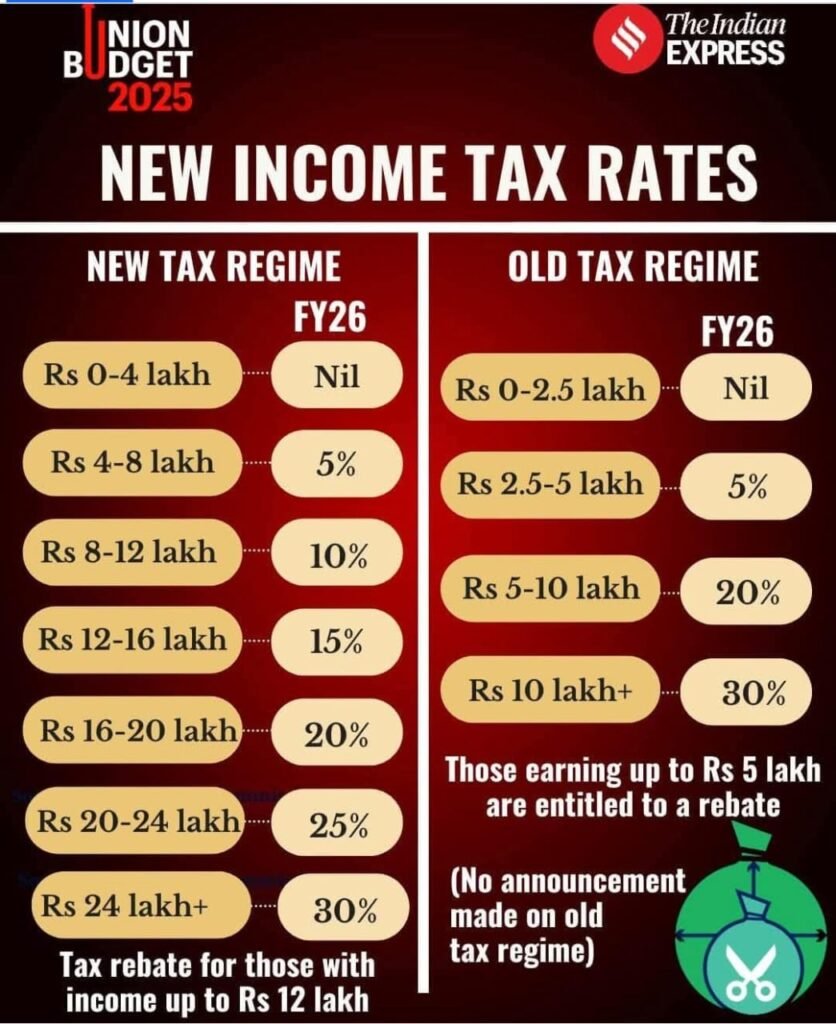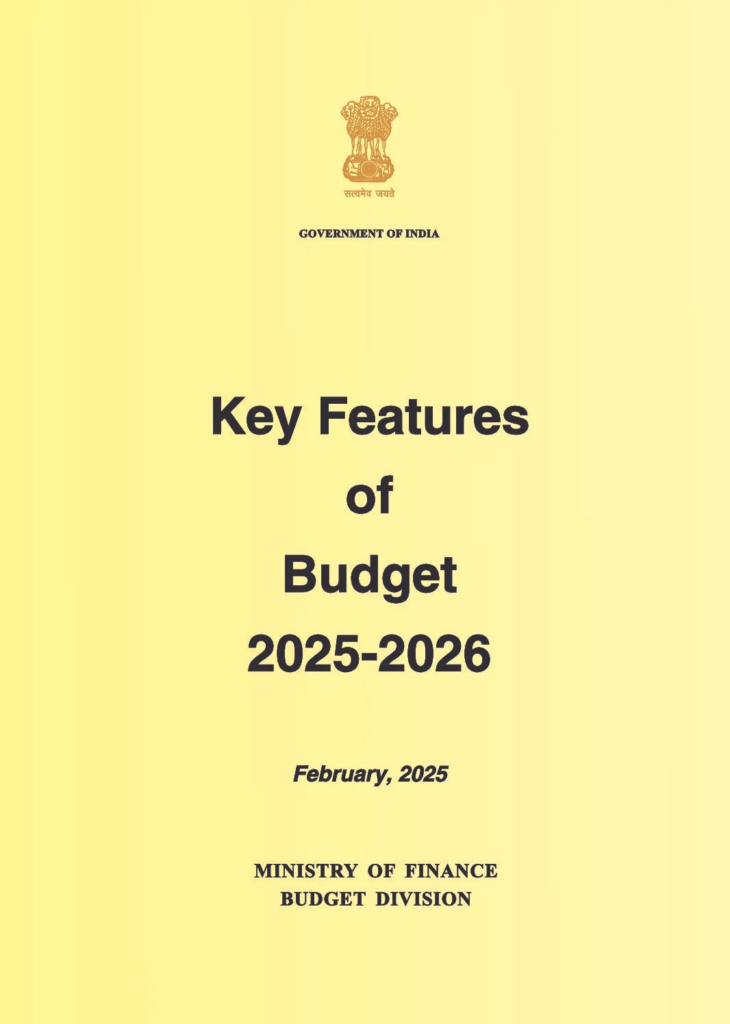What is even more glaring is that in the revised estimates for FY 2024-25, Rs 12,500 cr from the capital outlay is to be returned as unspent. This is a poor reflection on defence mgmt.

C Uday Bhaskar

The defence allocation for FY (financial year) 2025-26 has been pegged at Rs 6,81,210 crore, which is about $78.7 billion. This not-so-insignificant amount is 13.45 per cent of the total Central government expenditure (CGE) and has been estimated to be 1.91 per cent of the national GDP. However, there was no mention of the defence allocation in the Budget speech and this opacity is intriguing.
Notwithstanding the ‘invisibility’, this amount needs to be contextualised against various other parameters and the net distillate is that this allocation falls below the optimum fiscal allocation needed to ensure that the combat capability of the Indian armed forces is at an appropriate level.
At the global level, in 2024, the military spending of the USA was $916 billion and China ranked second at $296 billion.
It merits recall that in 2018, the Standing Committee on Defence (SCOD) had recommended 3 per cent of the GDP as the benchmark for the Ministry of Defence to enable the steady irrigation and nurturing of the national ecosystem required to ensure the desired level of preparedness of the armed forces.
However, this remains an elusive figure and over the last four years — from 2020-21 to the current FY — the trend has been a declining curve. The defence allocation to GDP percentage has dropped from 2.4 in 2020-21 to 1.91 in 2025-26.
This gap has been highlighted over the years, but it is evident that a political decision has been taken by Team Modi that defence allocation will remain depressed even though the regional geopolitical environment and the internal security challenges remain complex and demanding.
The SCOD, in 2018, had also recommended that in the case of the Army — the lead service, which is manpower-intensive — the equipment/inventory mix should ideally be 30 per cent new equipment, 40 per cent current equipment and 30 per cent older-generation equipment.
But the reality is grim. In March 2023, the Army, in a candid disclosure, apprised the standing committee “that only 15 per cent of the Army’s equipment can be categorised as new equipment, while nearly 45 per cent continued to be older equipment.” The Army representative also informed the parliamentary committee that “there is some time to go before we reach the ideal state of 30:40:30.”
The composite combat capability of the Indian military has been denuded over the last decade due to inadequate fiscal allocation and indifferent strategic planning. This has been further compounded by the unrelenting, high-decibel focus on ‘atmanirbharta‘ (self-reliance). While the latter objective is indeed desirable when India is seeking a place at the global high table, the reality is not encouraging in terms of combat capability versus indigenisation and self-reliance.
PM Modi assumed office in 2014 with a commendable resolve to reform India’s defence and military sector and identified ‘atmanirbharta‘ as a core mission. A decade later, the overall picture is mixed and opaque.
A broad review reveals that while the objective has had a few success stories and some major projects are in the pipeline, the Indian military is dotted with significant inventory deficiencies. These include an army that is short of artillery guns, tanks and personal weapons; a navy waiting for carrier-compatible fighter aircraft and modern underwater platforms; an air force that is woefully short of combat aircraft and a DRDO (Defence Research and Development Organisation) that is unable to deliver as promised.
For realising the twin objectives of combat capability and indigenisation, the capital outlay of the defence budget is a critical indicator. An optimum figure is upwards of 35 per cent and here, the picture is bleak. In the current allocation of Rs 6,81,210 crore, the capital outlay is Rs 1,80,000 crore, which is under 27 per cent.
An excellent PRS (Parliamentary Research Service) report of July 2024 has highlighted the fact that this capital outlay share “has declined between 2014-15 and 2023-24 to less than 30 per cent of the defence budget.” The allocation for this FY is in keeping with this trend line and is unlikely to change in the near future.
What is even more glaring is that in the revised estimates for FY 2024-25, an amount of Rs 12,500 crore from the capital outlay is to be returned as unspent. This is a poor reflection on higher defence management and strategic planning for a military that is plagued by obsolescence and inventory shortage and must be redressed.
R&D is at the heart of acquiring the much-desired level of technological competence in strategic sectors of national endeavour and here, the Indian space and nuclear domain are islands of proven success. However, the DRDO trajectory in relation to enabling the military to move up the ‘atmanirbharta‘ ladder has been poor. The PRS 2024 report notes that several projects undertaken by the DRDO have been marred by delays and adds: “In an analysis of 178 DRDO projects, CAG observed that 119 projects did not adhere to the original timeline. In 49 projects, the additional time taken was more than the original schedule which was envisaged. Projects have been declared as successful despite them not meeting one or more key objectives and parameters.”
This is a case of both institutional ineptitude and turpitude and yet another indictment of higher defence management at the apex.
Year after year, the defence budget goes through this phase of transient scrutiny in the public domain and even while deficiencies are highlighted, the standard refrain is that if there is a need, the purse strings will be opened. This is reactive posturing and when the chips were down, as in Kargil 1999, national sovereignty was retrieved by the loss of life and limb.
Credible military preparedness to deter the adversary from adventurism of any kind cannot be realised by prioritising visibility, spectacle and opacity.






















































































































